Interpretation of the common dashboard warning lights
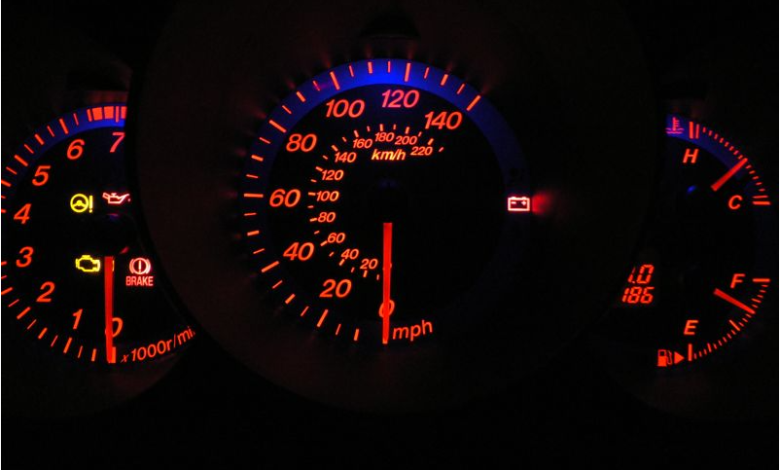
Every car owner has come across a dashboard warning light in their journey. But not all dashboard lights are warning lights. They are meant to serve different purposes. For example,
- Safety dashboard lights.
- Lighting dashboard lights.
- Dashboard warning lights.
The lighting dashboard lights are connected to the car’s lighting system. They usually appear when the driver turns on the car’s headlights. They appear on the dashboard in three different colors, that is; green, yellow and blue.
Further, the safety dashboard lights usually show that there an issue within the car that is interfering with the installed safety measures. The safety warning lights are an indication of something that might put the driver and other road users at risk. For example, the tire pressure safety warning lights.
Additionally, there are the dashboard warning lights. These usually warn the driver when there is an issue within the car’s system. They alert you that something is not operating as it should. This alert should be taken very seriously because ignoring it could lead to damage or irreversible issues.
Most dashboard warning lights usually don’t show the exact problem within the vehicle. For example, the ”reduced engine power” warning light shows that acceleration capacity has been cut off but it doesn’t show why this is so. Instead, they point you to a generally problematic area within the vehicle’s system. After any of these lights appears it is important for the driver to conduct an investigation into what is the cause. Otherwise, the damage will be regrettable.
Common dashboard warning lights.
In today’s article, we are about to look at the dashboard warning lights category. Well, to be honest, they are usually different from one car model to the other. But, there are some that are available on each vehicle’s dashboard. These are the ones that we are going to concentrate on today.
1. Engine temperature dashboard warning light.
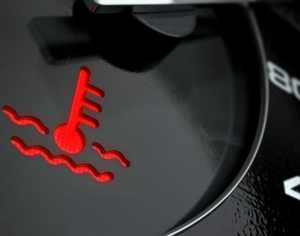
This is a warning light that is associated with the car’s cooling system components. It usually alerts the driver when something is wrong within the engine that could cause the car to overheat. The engine temperature warning light appears in two different colors. That is; green and red.
Green color is witnessed when you start the car’s engine after having parked it for a significant amount of time. In fact, in some car models this warning light must show up during engine start. Usually, it shows up in a red color but after a few seconds, it turns green. A green colored engine temperature warning light indicates that every part of the engine’s cooling system components is functioning as you should expect.
Alternatively, the red colored engine temperature warning light is usually witnessed under the circumstance that there is a problem. It shows that one or more of the engine’s cooling system components is not alright. This alerts the driver that the car could overheat at any moment. So, once it appears on your dashboard, it’s for your own good to take it very seriously. Especially if it appears as you’re driving, just park the car immediately and assess all components of the engine cooling system.
2. Battery charge warning light.
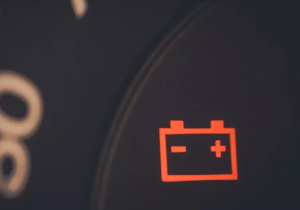
This is a warning light relates to the car’s electric system. It should direct your concern to the car’s electric components like the battery and the alternator belt. If this light comes on, you’re about to face electric failure within the vehicle. In fact, this could leave you stranded somewhere on the road leaving you to call for a towing service.
If this light shows up, it will lead you to investigate the causes of electric failures. For example, the car’s fuse box. The car depends on the battery in order to start. So if there is a chance that the battery is low, you have to jump start the car. Afterwards you will see this warning on the dashboard. If it doesn’t go out, there is something wrong with the parts of the electric system.
3. Brake warning light.
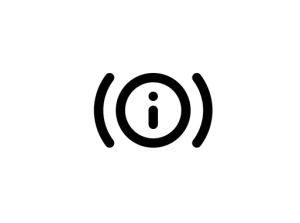
It shows up when the car’s parking brake is engaged. The brake warning light could also be a sign that there is something wrong in the brake system. When you start the car after engaging the parking brake, the light is usually showing until after you remove the parking brake. If the light stays on afterwards, then you should direct your attention to the entire brake system.
Because there could be a problem with the brake system’s hydraulic pressure meaning that you won’t be able to apply the brakes well. Further it’s a sign that there is something wrong with the brake fluid. The onboard computer uses sensors to be able to detect these issues. If the brake fluid is low then it could be because of leaking. Ensure that you assess the areas below the engine to see if there is a puddle under the car. Check the color of the puddle under the car to see if it’s brake fluid that’s leaking.
4. Oil pressure warning light.
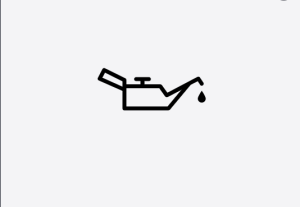
This warning light gives an alert that there is a problem with the oil going through the engine block. It could be an indication of low lubrication due to low amounts of oil in the oil tank. If you keep driving while this light is showing there is a chance that you could spoil the engine. Further, low oil is not the only problem as excess oil could also be very dangerous. Because excess oil will usually contaminate the fuel, coolant and other engine fluids. Additionally, excess lubrication will interfere with how the engine parts move.
5. Check engine warning light.
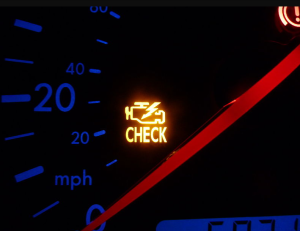
The check engine warning light is one of the most alarming dashboard lights. It is not advisable to keep driving with this warning light even when the car feels normal. There are a lot of things that can cause this dashboard warning light.
When the engines is turned on, the check engine light will be displayed on the dashboard. This is an indication that the onboard computer is functional and analyzing the engine’s functionality. After a few seconds it will usually go off. If it stays on its an indication that you need to investigate something within the system.
The best way to diagnose the meaning of the check engine warning light is to use a diagnostic tool





